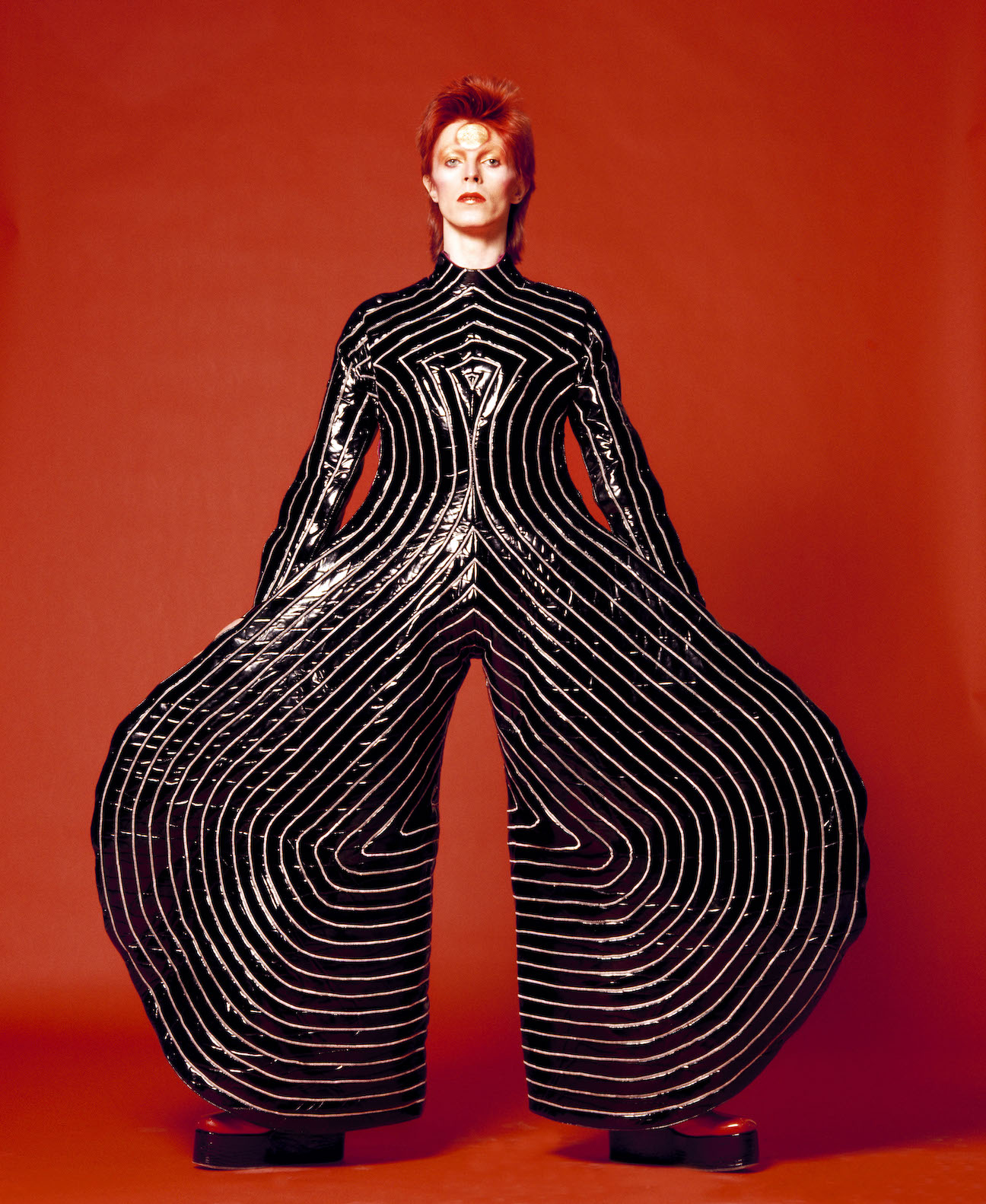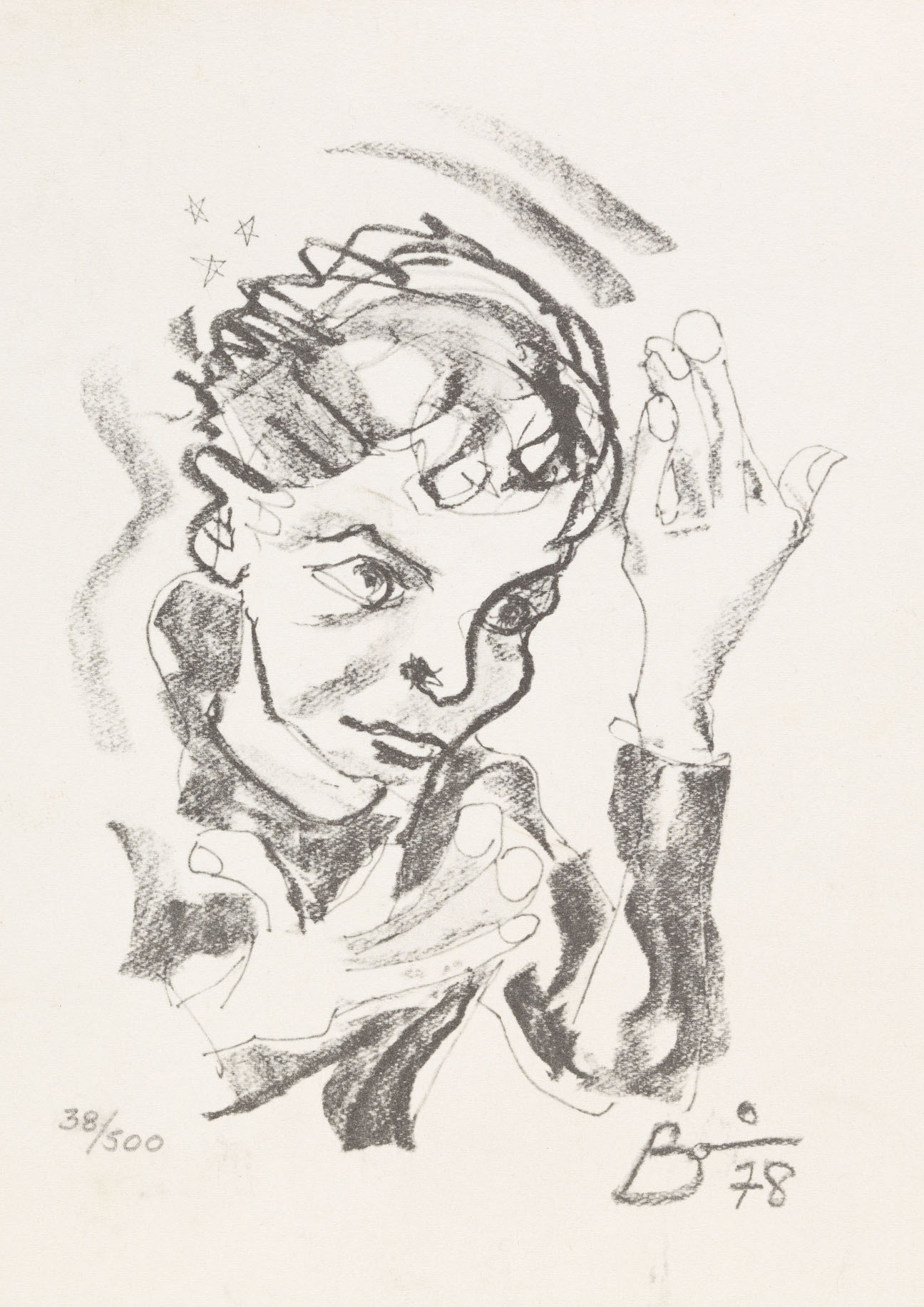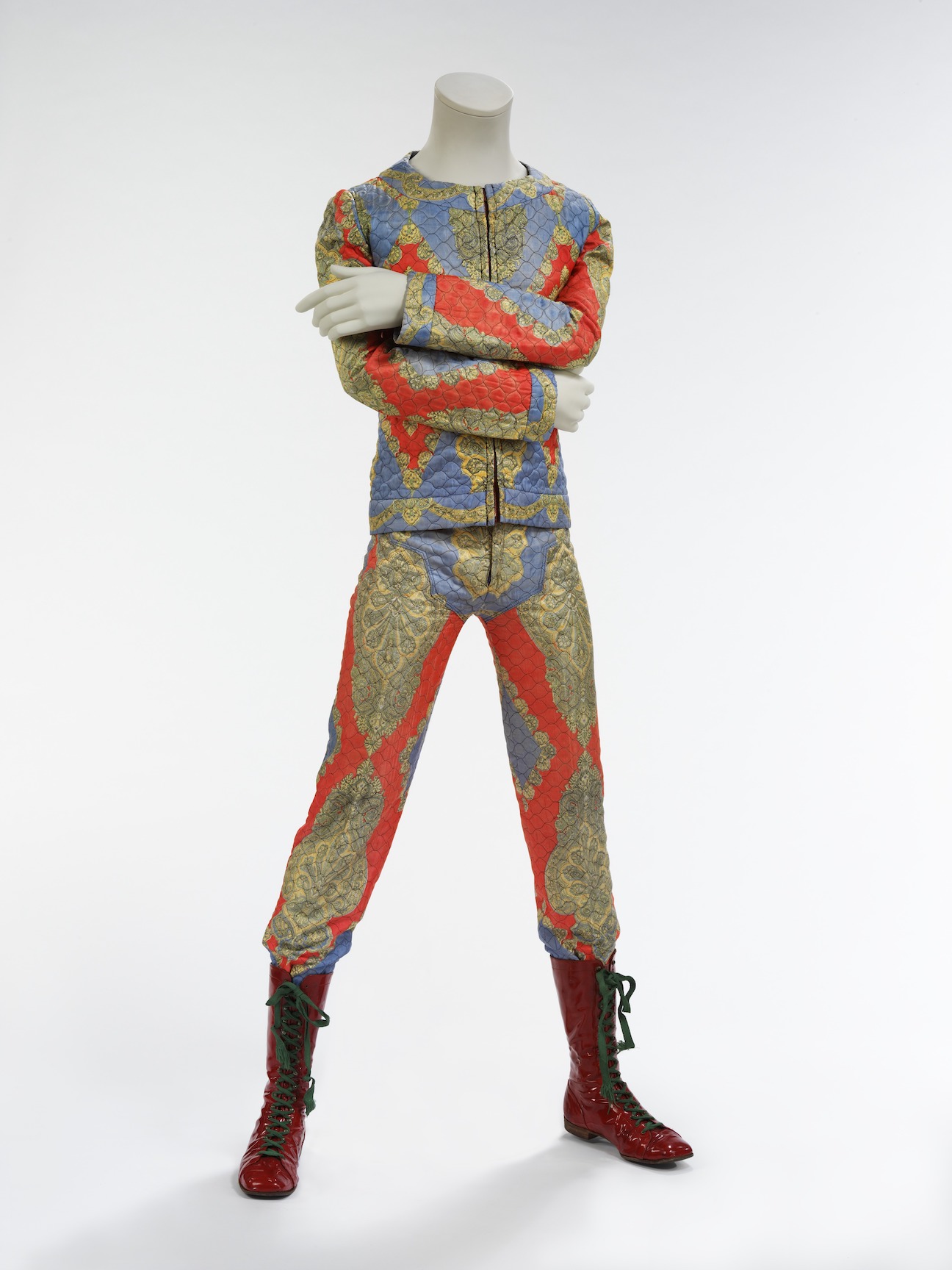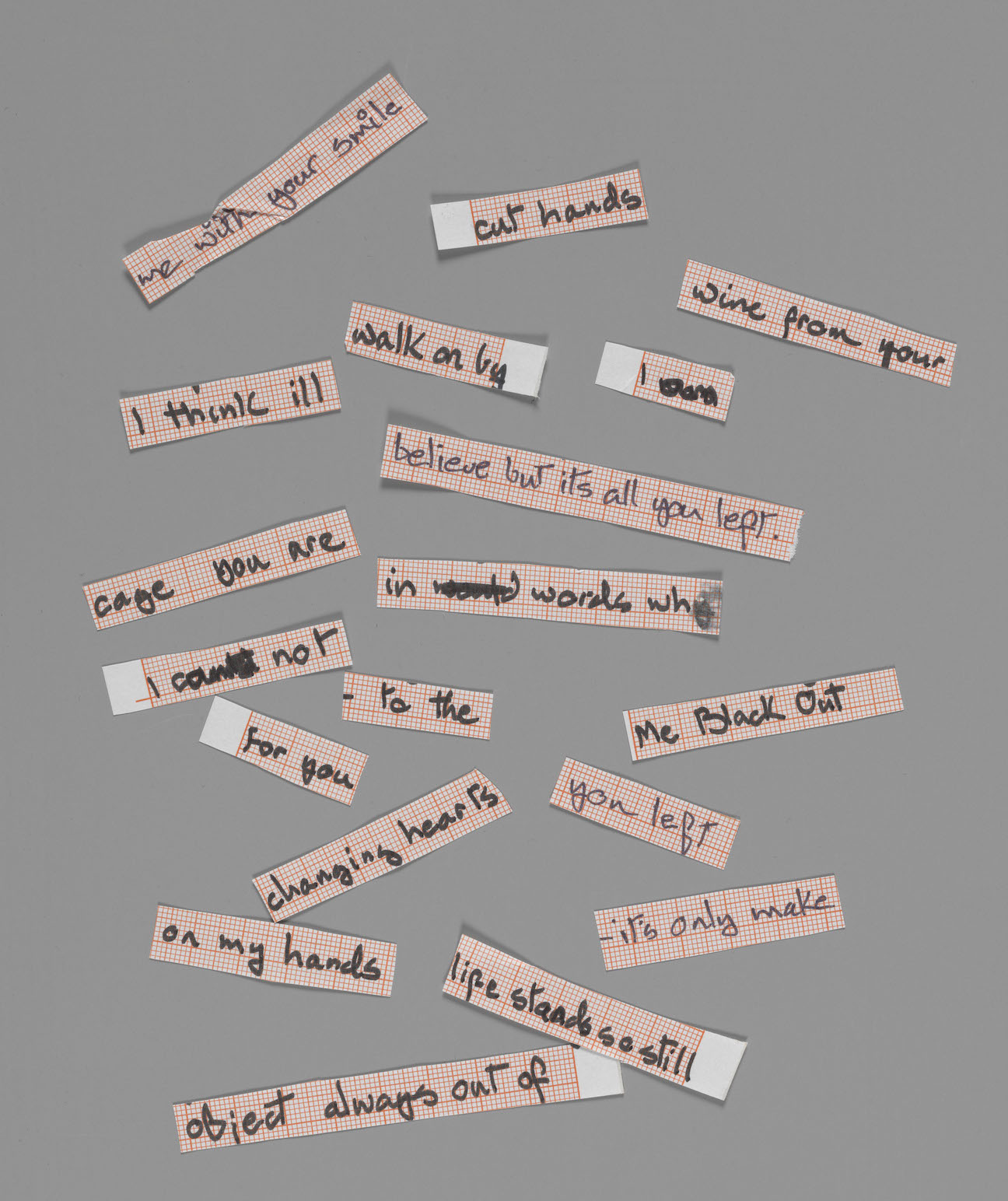The V&A has secured the archive of David Bowie for the nation.
The V&A said that the archive reveals the “creative processes of one of the most pioneering and influential figures in the history of live and recorded music, film, fashion and beyond”.
The acquisition follows the V&A’s blockbuster 2013 exhibition, David Bowie Is…, which marked the first time a museum had been given unprecedented access to the David Bowie Archive. The exhibition was seen by over two million people around the world as part of its international tour, becoming one of the V&A’s most popular exhibitions of all time.
From 2025, the archive will be made available to the public, from fans to school children and researchers, through the creation of The David Bowie Centre for the Study of Performing Arts at V&A East Storehouse, in Stratford’s Queen Elizabeth Olympic Park.
The acquisition and creation of The Centre has been made possible thanks to the David Bowie Estate and a donation of £10 million from the Blavatnik Family Foundation and Warner Music Group, who recently acquired interests in both Bowie’s recordings and music publishing.
Sir Leonard Blavatnik, founder and chairman of Access Industries, and the Blavatnik Family Foundation, said: “We are very proud to support the V&A and allow for the creation of this irreplaceable archive to preserve and showcase David Bowie’s iconic career. His influence on music and popular culture throughout the world cannot be overstated.”
Max Lousada, CEO, Recorded Music, Warner Music Group, said: “As the stewards of David Bowie’s extraordinary music catalogue, we’re delighted to expand our relationship with his estate through this partnership with the V&A. This archive promises to be an unparalleled display of individual artistic brilliance, invention, and transformation. Bowie’s influence only grows in stature over time, and this will be an enduring celebration of his profound legacy.”
Bowie’s influence only grows in stature over time, and this will be an enduring celebration of his profound legacy
Max Lousada
A spokesperson from the David Bowie Estate, said: “With David’s life’s work becoming part of the UK’s national collections, he takes his rightful place amongst many other cultural icons and artistic geniuses. The David Bowie Centre for the Study of Performance – and the behind the scenes access that V&A East Storehouse offers– will mean David’s work can be shared with the public in ways that haven’t been possible before, and we’re so pleased to be working closely with the V&A to continue to commemorate David’s enduring cultural influence.”
Encompassing more than 80,000 items, the archive traces David Bowie’s creative processes as a musical innovator, cultural icon and advocate for self-expression and reinvention from his early career in the 1960s to his death in 2016. Alongside the creation of the new Centre, the gift will support the ongoing conservation, research and study of the archive.
Dr Tristram Hunt, director of the V&A, said: “David Bowie was one of the greatest musicians and performers of all time. The V&A is thrilled to become custodians of his incredible archive, and to be able to open it up for the public. Bowie’s radical innovations across music, theatre, film, fashion, and style – from Berlin to Tokyo to London – continue to influence design and visual culture and inspire creatives from Janelle Monáe to Lady Gaga to Tilda Swinton and Raf Simons.
“Our new collections centre, V&A East Storehouse, is the ideal place to put Bowie’s work in dialogue with the V&A’s collection spanning 5,000 years of art, design, and performance. My deepest thanks go to the David Bowie Estate, Blavatnik Family Foundation and Warner Music Group for helping make this a reality and for providing a new sourcebook for the Bowies of tomorrow.”
Spanning David Bowie’s career, the archive features handwritten lyrics, letters, sheet music, original costumes, fashion, photography, film, music videos, set designs, Bowie’s own instruments, album artwork and awards. It also includes more intimate writings, thought processes and unrealised projects, the majority of which have never been seen in public before.


Highlights include stage costumes such as Bowie’s breakthrough Ziggy Stardust ensembles designed by Freddie Burretti (1972), Kansai Yamamoto’s creations for the Aladdin Sane tour (1973) and the Union Jack coat designed by Bowie and Alexander McQueen for the Earthling album cover (1997).
The archive also includes handwritten lyrics for songs including Fame (1975), “Heroes” (1977) and Ashes to Ashes (1980), as well as examples of the ‘cut-up’ method of writing introduced to Bowie by the writer William Burroughs. Additionally, the archive holds a series of intimate notebooks from every era of Bowie’s life and career.
The archive also includes a photo collage of film stills from The Man Who Fell to Earth (1975-76), directed by Nicolas Roeg and featuring Bowie, and over 70,000 photographs, prints, negatives, large format transparencies, slides and contact sheets taken by some of the 20th century’s leading photographers from Terry O’Neill to Brian Duffy and Helmut Newton.
Among other highlights are instruments, amps, and other equipment, including Brian Eno’s EMS Synthesizer from Bowie’s seminal Low (1977) and “Heroes” albums, and a Stylophone – a gift from Marc Bolan in the late 1960’s, used on Bowie’s Space Oddity recording.


Nile Rodgers, who co-produced Let’s Dance, said: “I believe everyone will agree with me when I say that when I look back at the last 60 years of post-Beatles music, if only one artist could be in the V&A it should be David Bowie. He didn’t just make art, he was art!”
Tilda Swinton, one of David Bowie’s friends and collaborators, said: “In 2013, the V&A’s David Bowie Is… exhibition gave us unquestionable evidence that Bowie is a spectacular example of an artist, who not only made unique and phenomenal work, but who has an influence and inspiration far beyond that work itself.
“Ten years later, the continuing regenerative nature of his spirit grows ever further in popular resonance and cultural reach down through younger generations. In acquiring his archive for posterity, the V&A will now be able to offer access to David Bowie’s history – and the portal it represents – not only to practising artists from all fields, but to every last one of us, and for the foreseeable future. This is a truly great piece of news, which deserves the sincerest gratitude and congratulations to all those involved who have made it possible.”
V&A East Storehouse will provide access to the nation’s collections, in a new purpose-built home for over 250,000 objects, 350,000 books and 1,000 archives.
Subscribers can click here for our feature on the Moonage Daydream film including David Bowie’s label and publishing execs at Warner Music.
PHOTOS:
David Bowie as The Thin White Duke, Station to Station Tour, 1976 © John Robert Rowlands
Striped bodysuit for Alladin Sane tour, 1973. Design by Kansai Yamamoto Photograph by Masayoshi Sukita Sukita The David Bowie Archive © 2012
Self portrait in pose also adopted for the album cover of “Heroes”, 1978 © The David Bowie Archive 2012 Image © V&A Images
Quilted two-piece suit, 1972 Designed by Freddie Burretti for the Ziggy Stardust tour, The David Bowie Archive
Cut up lyrics for Blackout from “Heroes”, 1977 © The David Bowie Archive 2012 Image © V&A Images









